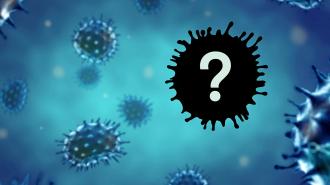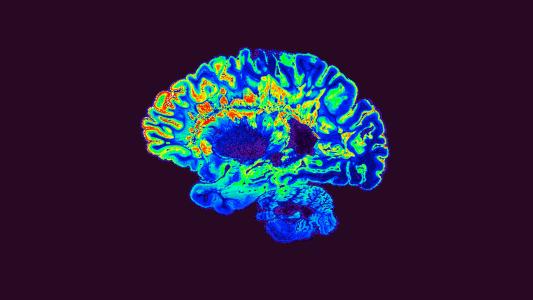The FDA has granted emergency use authorization to the first at-home test capable of telling you whether you have the flu or COVID-19. The test, produced by California-based biotech Lucira Health, uses a single nasal swab you take yourself and provides results in 30 minutes.
The authorization is “a major milestone in bringing greater consumer access to diagnostic tests that can be performed entirely at home,” Jeff Shuren, director of the FDA’s Center for Devices and Radiological Health, said.
As CNN reported, the idea of allowing people to perform diagnostic tests at home has not always found much support from doctors, although the pandemic has moved the needle a bit, and studies have found that people without medical training are capable of using the tests correctly.
Within a half hour, the test kit displays if you are positive or negative for SARS-CoV-2, influenza A, and influenza B.
Figuring out if you have SARS-CoV-2 or the flu is making you sick can be tricky to diagnose from home because of a shared suite of symptoms, including fever, fatigue, cough, sore throat, and aches. But knowing which virus has got you can mean faster — and ergo better — therapy, as well as informing choices like self-isolation.
The test uses a nasal swab (like the kind you’ve undoubtedly made acquaintance with by now), which is then “swirled” in a vial that comes with the kit. Within a half hour, the test kit displays if you are positive or negative for SARS-CoV-2, influenza A, and influenza B.
According to the FDA, for patients with symptoms, the test was able to identify 88.3% of positive COVID samples and 100% of the negative samples, and 90.1% of the positive and 99.3% of the negative samples for influenza A. While the test’s accuracy for influenza B was confirmed in lab experiments, there was not enough of this flu strain out in the wild for a clinical study, so Lucira will be required to continue collecting samples.
We’d love to hear from you! If you have a comment about this article or if you have a tip for a future Freethink story, please email us at [email protected].






